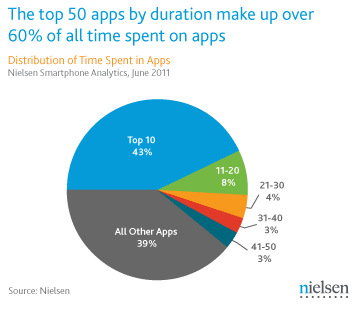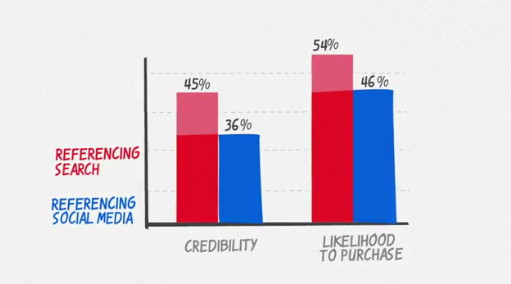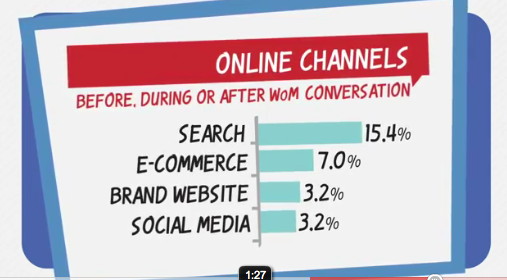Study: Twitter becomes popular among business chiefs
 Is this a good sign for the acceptance of social media in the business world? The use of Twitter as a business and marketing tool has increased from 31% to 61% among Europe’s top business leaders, finds a recent study by CNBC.
Is this a good sign for the acceptance of social media in the business world? The use of Twitter as a business and marketing tool has increased from 31% to 61% among Europe’s top business leaders, finds a recent study by CNBC.
Even more, 61% of the business leaders see the growing impact of Social Media. They believed Social Media was changing the way their business is done today. 77% of the business executives have Facebook accounts (from 81% in 2010). LinkedIn gains tracktion from 52% to 56%.
The study polled 650 European business chiefs as part of their CNBC Europe Mobile Elite 2011 survey. The idea was to get more knowledge about the use of the latest technology features in the C-Level area of companies at work and in their free time.
Although the increase of Twitter popularity among business leaders is obvious, the busiens decision makers admit that the are unable to keep track ith the latest technological innovations. Apart from that, another study some weeks ago showed that they are also not sure how to leverage Social Media for business.
The most popular device is the iPhone which 21% of the business chiefs call their own now – up from 19% in 2010. Similar numbers gets the Blackberry in terms of popularity – an increase from 18% to 20%. The iPad is also becoming more popular among business leaders, with 15% of them now owning one.
“In a rapidly changing world, Europe’s decision makers are challenged with not just keeping up with technology change, but also ‘driving change’ within their respective sectors. Throughout 2010, Europe experienced some the most advanced innovations in mobile technology the region has ever seen.” Mike Jeanes, Director of Research, CNBC EMEA
Spot On!
The CNBC study states the importance and changing development of mobile use for the business decision maker. The message is that websites will continue to lose value against apps on mobile devices among business leaders. News apps are the most popular application segment for the respondents. 75% of respondents said they use them followed by weather (54%) and social networking (39%). The study makes clear that top management is trying to get in touch and keep up with the pace of technology innovation. However, time still seems to be their biggest enemy…



 Jive Software recently published a
Jive Software recently published a 






 Almost two years ago, I have written about the development on Twitter that positive comments are not rated in a way they should (in my eyes). Those days I asked the question if the
Almost two years ago, I have written about the development on Twitter that positive comments are not rated in a way they should (in my eyes). Those days I asked the question if the  BrightEdge recently uncovered with a
BrightEdge recently uncovered with a